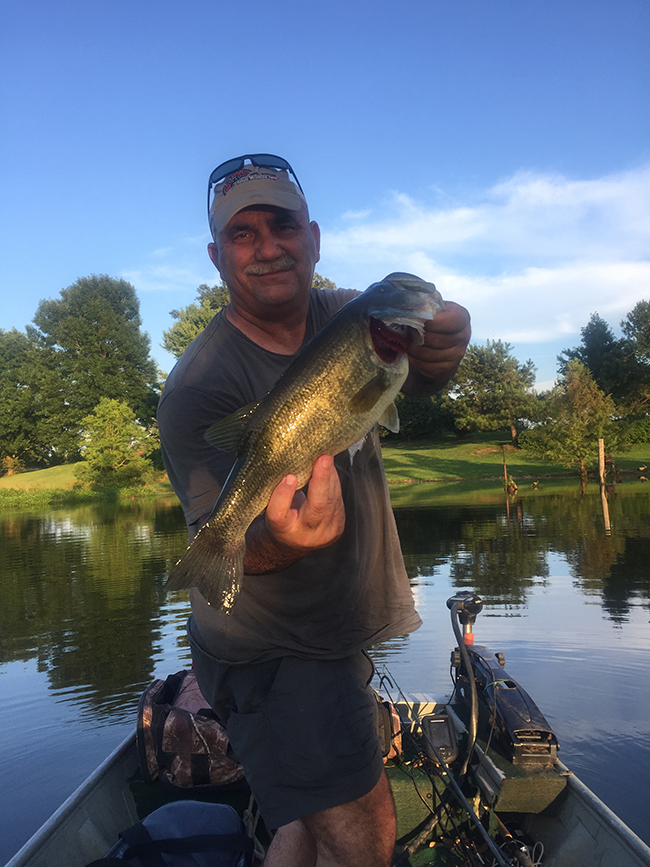
It is easily identified by a red dorsal blood vein, which runs down the centre of its body. This worm lives in a vertical burrow and can reach quite high densities in sheltered estuaries where conditions are usually unsuitable for other species. Harbour rag, also known as maddies or wrigglers, grow to around 8cm and are nearly always found in dense colonies. These are the worms that are stocked by most tackle shops. The common red rag grows to around 15cm and is more likely to be found in reasonably dense colonies in harbours and estuaries. King rag are loners and it’s rare to find concentrated colonies of the really bigger specimens.

Anglers are more concerned about the reversible proboscis containing a very impressive set of pincers, which can give you a sharp nip if you are not careful. If you look carefully at the head of the king rag you should be able to make out two pairs of eyes and four pairs of antennae. Starting with the biggest, king rag are usually about 30cm long but are known to reach up to a metre in length. Biggest worm in the range is the spectacular king rag (nereis virens), the common red rag, (nereis diversicolor), and the harbour rag, (hediste diversicolor). Here we are going to focus our attention on red ragworms, as opposed to the whites and others that anglers will come across.

Now you know that let’s identify the ones that are important to sea anglers. Ragworms come from a large family of phylum annelids, many of which are polychaetes, or bristle worms.


 0 kommentar(er)
0 kommentar(er)
